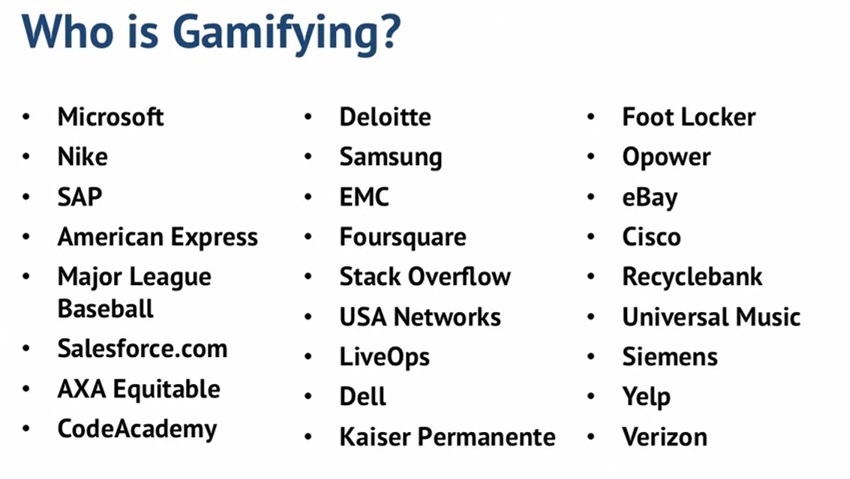Engage Employees Using Games, Contests, and Rewards

This is the third post in my series exploring the new workforce trend called gamification. First, I covered how game mechanics can be used in business to increase employee engagement and innovation. Next, we took a look at three companies who are successfully using games to achieve their organization’s unique goals. To wrap up this series, I will discuss using games internally to motivate employees.
Motivation is a vital ingredient to employee engagement. It does much more for organizations than increase productivity. It also fosters innovation, trust, collaboration and a cohesive culture. Can adding elements of game design help improve employee motivation?
Forbes magazine published an article featuring Charles Coonradt, author of The Game at Work, which names him the grandfather of what is now called gamification. Coonradt noticed employees might drag at work, yet leave the office only to enthusiastically compete in a recreational activity. To explain that difference in motivation, he came up with the following key principles:
-
Employees Need More Frequent Feedback
-
When playing a game, errors and achievements are immediately recognized. It doesn’t take a year to learn you’ve earned a high score. Often in organizations, employees get feedback in a limited and delayed fashion. A yearly performance review doesn’t have the same the same kick! Coonradt believes immediate, frequent feedback is the secret ingredient to employee motivation.
-
-
Better scorekeeping and scorecards
-
Scorecards and scorekeeping are simply the methods of feedback. Make them better and you will be improving your key motivational tool: immediate feedback.
-
-
Clearly Defined Goals
-
Games are motivating in that the participant knows exactly what the goals are and can therefore focus on a clear path of achievement. When the path to success is transparent, those seeking success feel motivated and empowered.
-
-
A Higher Degree of Personal Choice of Methods
- Coonradt gives a great analogy to explain this point: “It is like trying to work on Michael Jordan’s jump shot. Don’t do it. You just frustrate him. Instead, you should talk about how many points per game he needs to achieve, leave the rest up to him.”
-
Consistent Coaching
-
Leaders need to be motivational themselves, always identifying ways to pull greatness out of their teams. Games can assist with this task by creating an environment where employees feel they are being coached and cheered on as they move through tasks and learn new things.

-
Because game design is in essence customizable, organizations can create individual game platforms that hone in on what will be the most impactful for their particular challenges and goals, while maintaining their unique company culture. It is important to design the program well. Just as you spend extensive time planning the particulars of your client-facing website, spend time on the employee-facing side. They’re people too, and hold a lot of value for your organization. If they understand, enjoy, collaborate and share through games, it will ultimately help your organization.
Have you been on the user end of a business gamification program? Was your experience positive? Are there any concerns that too much competition can chip away at company culture? What types of employees most benefit from game incorporation? I’d love to hear your ideas. Leave me a comment below or send me an email.
For future information on this topic and others, sign up for my newsletter or follow me on twitter.




